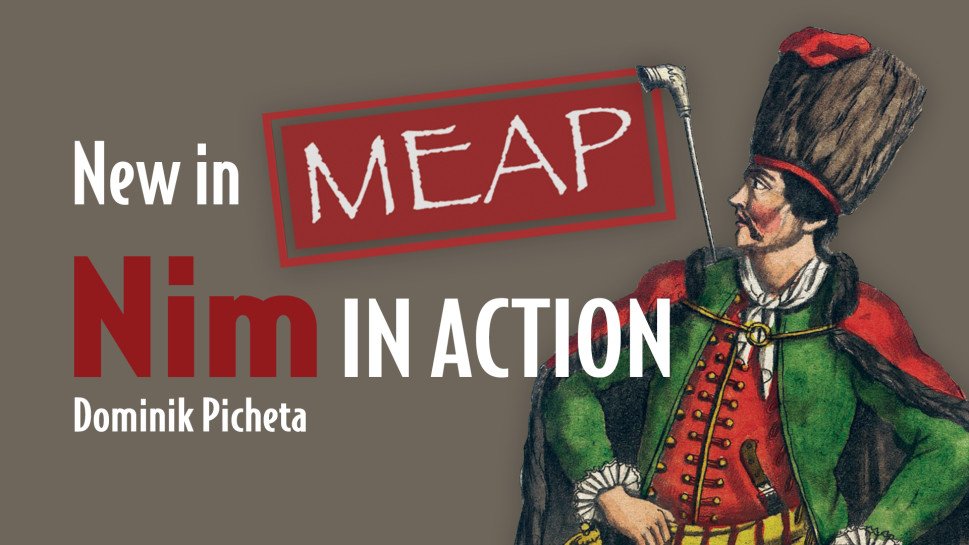
“Nim in Action,” a book about the Nim programming language, is now available.
The book introduces the Nim programming language, teaching programmers how to write native software applications and libraries, Web applications, embedded device software, and programs that communicate over the Internet. It explains hands-on examples of how to write test, debug, document and package Nim applications.
The first three chapters are available for download as an e-book through Manning Publications’ Early Access program. It is expected to be completed by this summer.
Google and Movidius team up on deep learning
Google wants to accelerate the adoption of deep learning within mobile devices, and to do so it is turning to its Project Tango partner Movidius. Movidius is known for its low-power machine vision in connected devices. As part of the agreement, Google plans to source Movidius processors alongside the entire Movidius software development environment, and also contribute to Movidius’ neural network technology road map.
“What Google has been able to achieve with neural networks is providing us with the building blocks for machine intelligence, laying the groundwork for the next decade of how technology will enhance the way people interact with the world,” said Blaise Agüera y Arcas, head of Google’s machine intelligence group in Seattle. “By working with Movidius, we’re able to expand this technology beyond the data center and out into the real world, giving people the benefits of machine intelligence on their personal devices.”
Create a Twitter bot with Node.js
A computer science and engineering student in India named Debashis Barman has found a way to create a Twitter bot by using Node.js and the new Twitter API. The bot can auto-retweet tweets with certain hashtags, among other tasks.
Recently, he created a bot named Sofia (@digitalsofia) that can answer @mention queries, tweet a new word a day with its meaning and part of speech, and retweet in response to tweets containing #technology and #design.
He said that setting up the bot wasn’t difficult, but he noticed there weren’t many tutorials out there on how to create a bot. He detailed how to create a bot like Sofia with Node.js, and all of his steps taken can be found here.






